Exactly 25 years ago, after a ferocious civil war, north-west Somalia broke away from the rest of the country and declared itself independent.
A quarter of a century later, not a single country recognises Somaliland, but this territory of about 3.5 million people is arguably one of the more stable, democratic places in the Horn of Africa.
At the BBC, we don’t call Somaliland a country because officially it isn’t one. We call it a “self-declared republic”, inviting criticism from many Somalilanders.
But the territory has its own currency, passport, army and legal system. Its presidents come to power through fiercely-fought elections, sometimes won with the narrowest of margins. Unlike many other African countries, the results are respected, even when the opposition wins.
Somaliland is by no means perfect. Large parts of the east are disputed, sometimes violently, with other regions of Somalia. People in the west agitate for autonomy. There are reports of sleeping cells of the Islamist militia, al-Shabab.
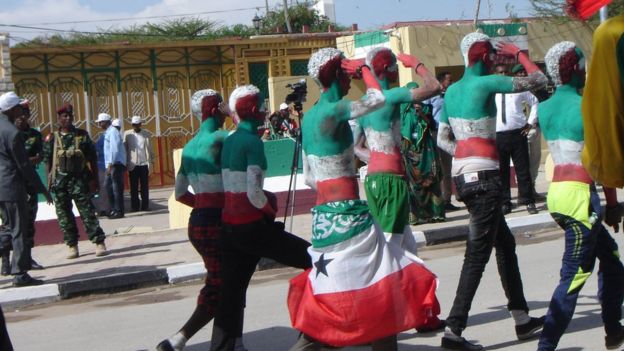
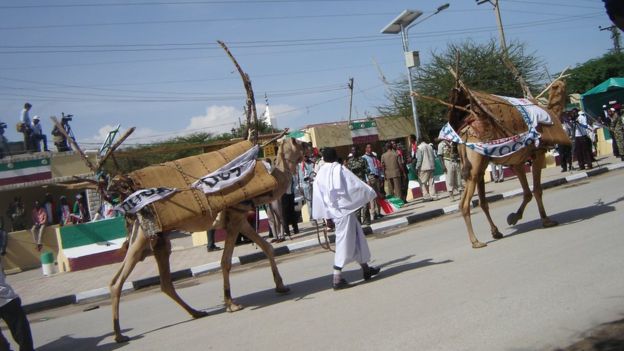
Some migrants who die in the Mediterranean are from Somaliland, where youth unemployment is estimated at 75%.
On recent visits to the territory, I have seen lines of young men walking along the roadsides, carrying small bags. “They are on tahrib,” I am told – starting their long, uncertain journey to Europe or the Gulf.
The authorities are harsh towards the media, sometimes arresting journalists and shutting down newspapers. In January, six prisoners found guilty of murder were executed.
And such is the hostility towards Somalia proper that last year four members of the popular Horn Stars band were arrested on their return to Somaliland from Somalia. Their alleged crime was waving a blue Somalia flag at a concert in the Somali capital Mogadishu.
Somaliland has its own green, white and red flag. Somalilanders take great pride in presenting giant versions of this flag to visiting diplomats who sometimes blush as it is unfurled in front of them because it puts them in a somewhat difficult position regarding the territory’s unrecognised status.
Relative stability
Perhaps most importantly, Somaliland has peace and relative stability. I sometimes travel between Somalia and Somaliland in a single day and the contrast could not be greater.
In Somalia, as a western journalist, I cannot move around without six heavily-armed bodyguards, racing around in a two-vehicle convoy, hidden behind blacked-out windows. When I am in Mogadishu, there are often suicide bombings, mortar raids and grenade attacks.
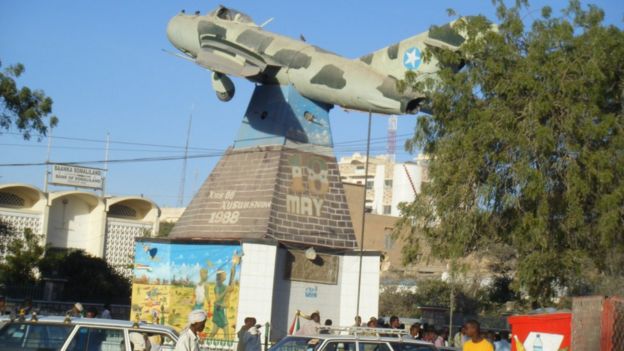
In Somaliland, I walk around on my own, even at night.
Many Somalis also take advantage of this peace, especially in the summer when Somaliland becomes a kind of “Disneyworld” for Somalis from all over the world.
Large Somali families from the US, Canada, Europe, Australia, the Gulf and other parts of Somalia come there for their holidays.
Parents show their children traditional Somali ways of life, sometimes taking them into the bush to experience nomadic culture. Men feast on camel milk and meat. Diaspora girls visit beauty parlours for intricate henna decorations. Romantic relationships develop, young couples discreetly sharing ice creams.
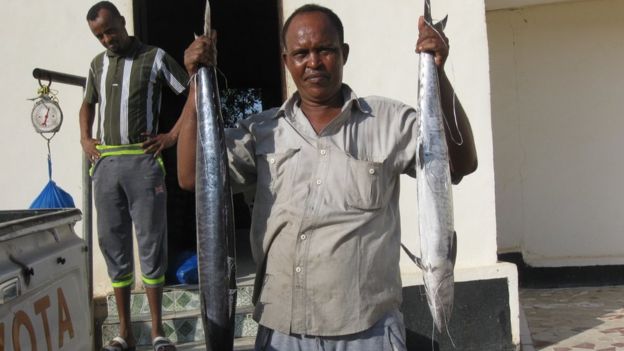
The differences between Somalia and Somaliland raise interesting questions about recognition.
Somalia is a fully recognised country. Billions of dollars have been spent and many lives lost trying to restore a country devastated by more than a quarter of a century of conflict.
There has been some progress but there are no signs of full stability returning any time soon.
Somaliland is not recognised and does not receive much outside help. But it has built itself up from the devastation of civil war.
I first visited the territory in the early 1990s, when the capital Hargeisa had been reduced to rubble. When I returned in 2011, as I stood on a hill above the city, I was astonished is to see a whole new Hargeisa below me.
With the international gaze so firmly fixed on Mogadishu, it is unlikely Somaliland will be recognised in the near future – but that may be a blessing in disguise.
The independence cause is the glue that binds Somalilanders together. If they were granted recognition, could it be possible that they too might fall to fighting, just like their southern neighbours?
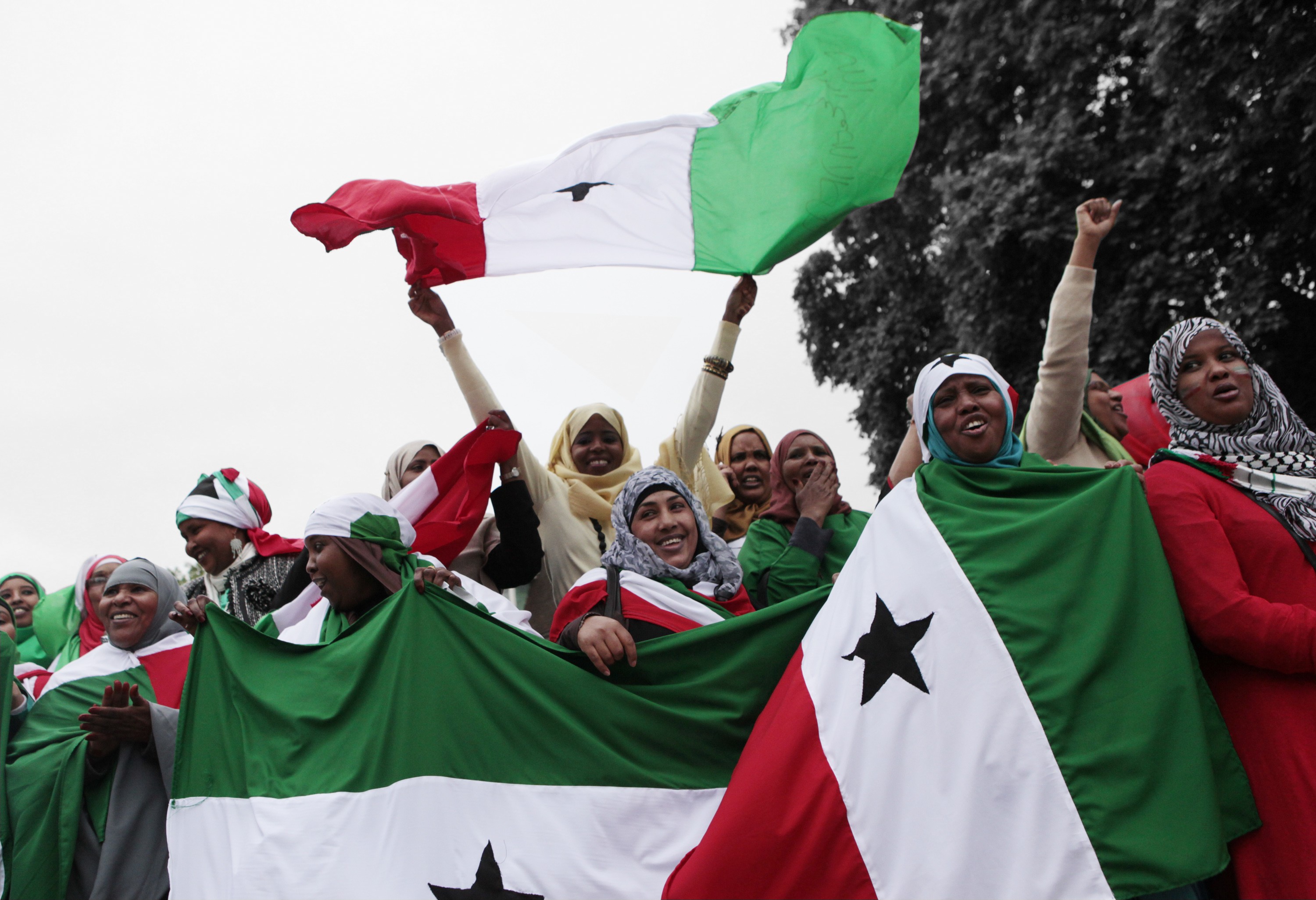
Leave a Reply